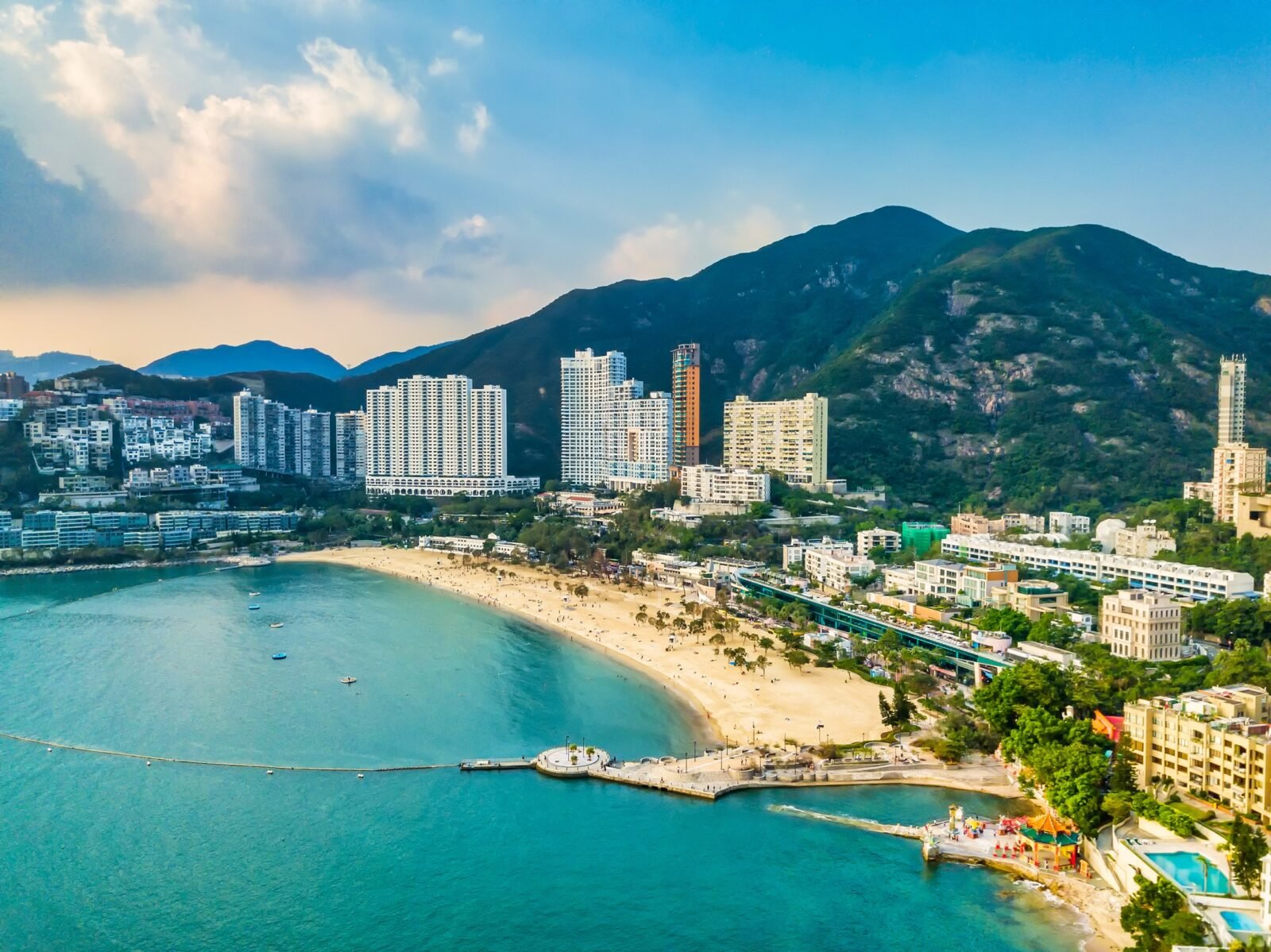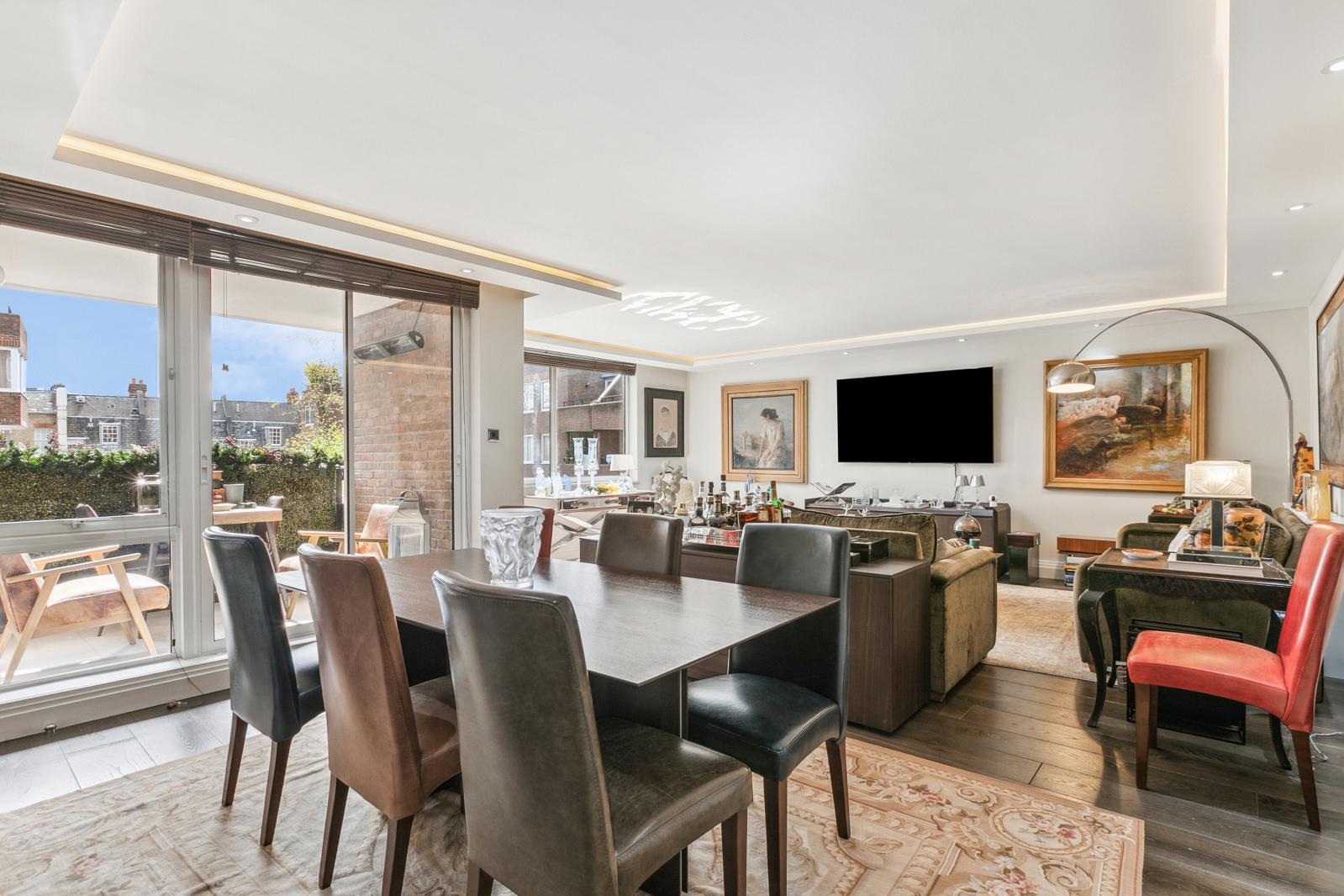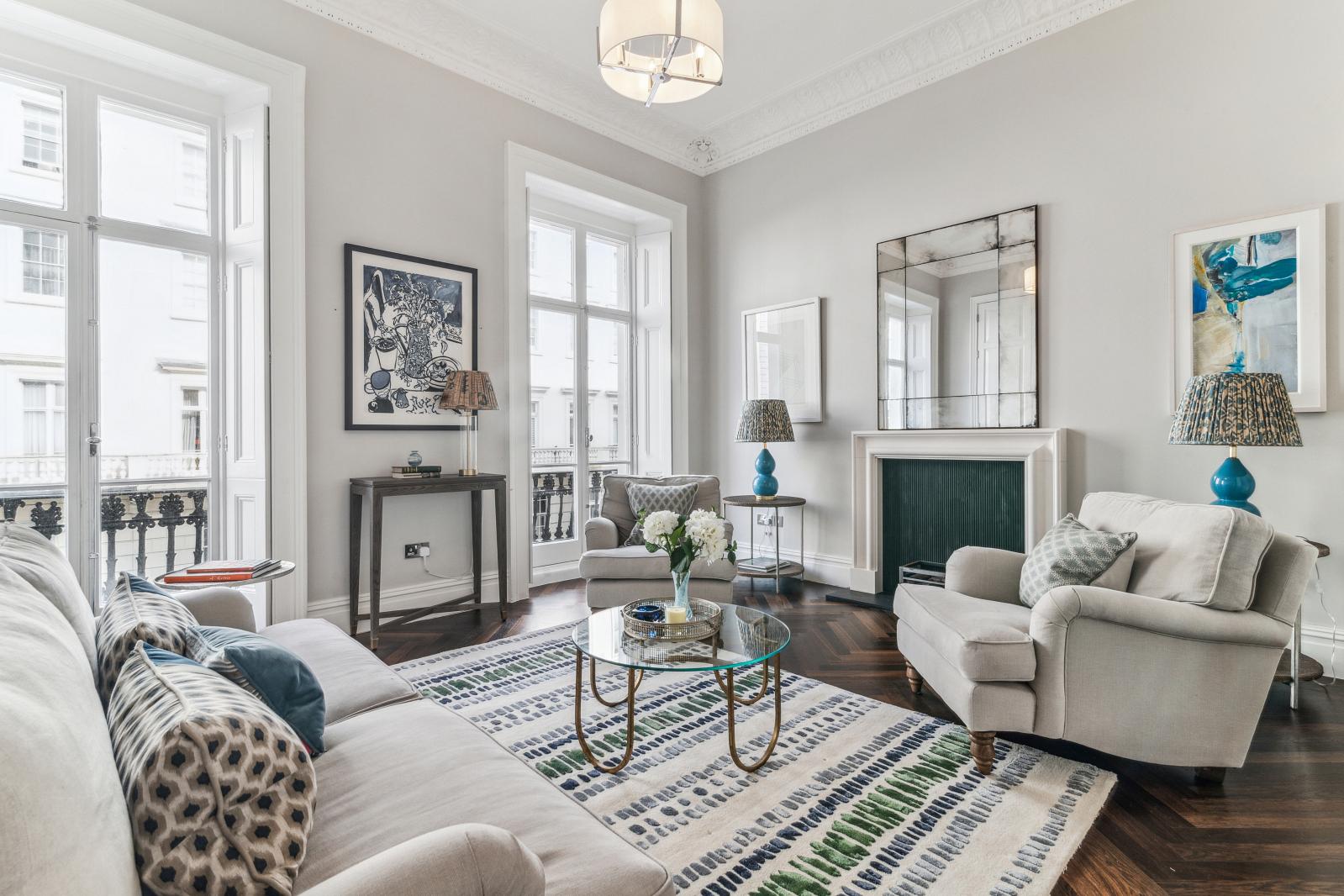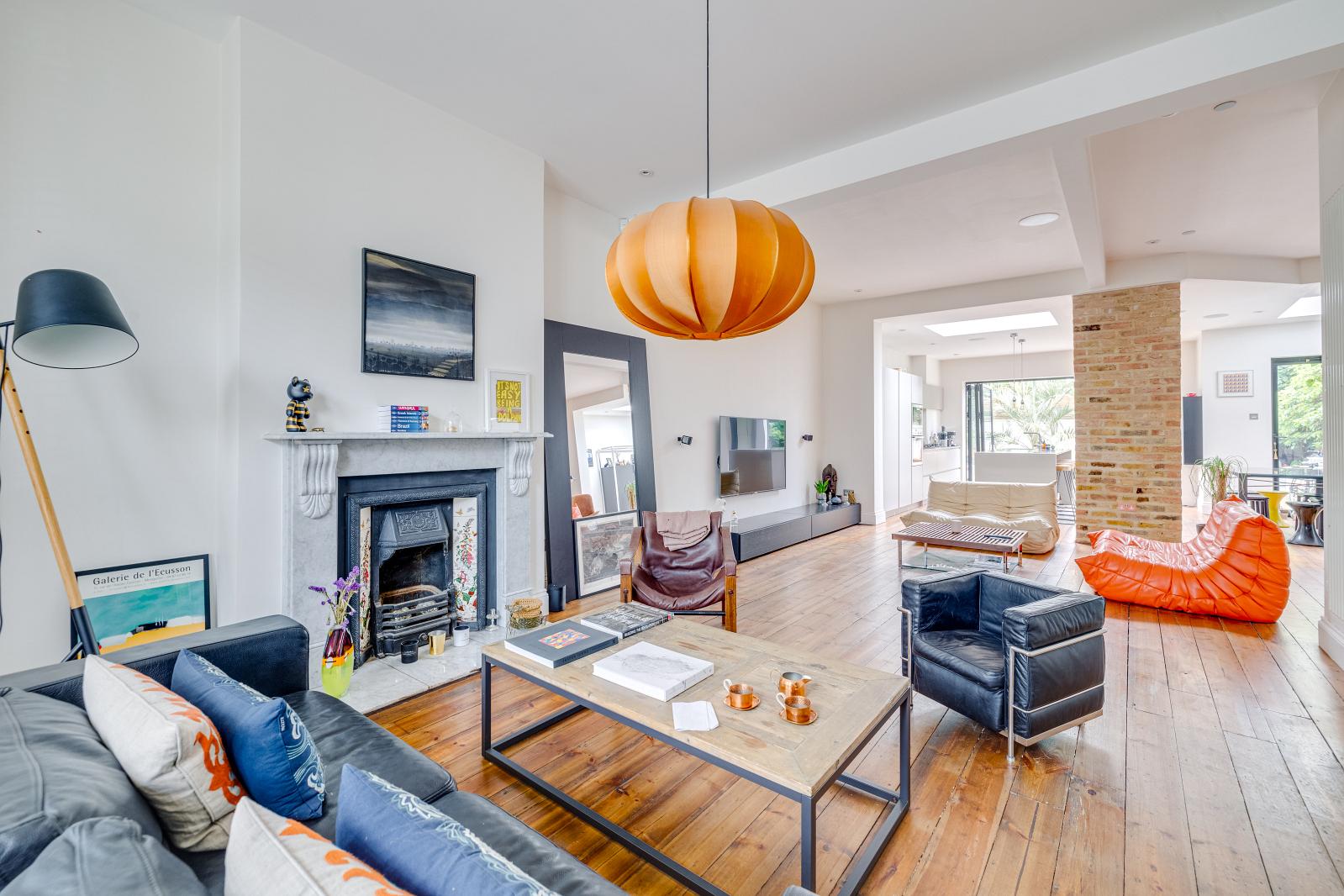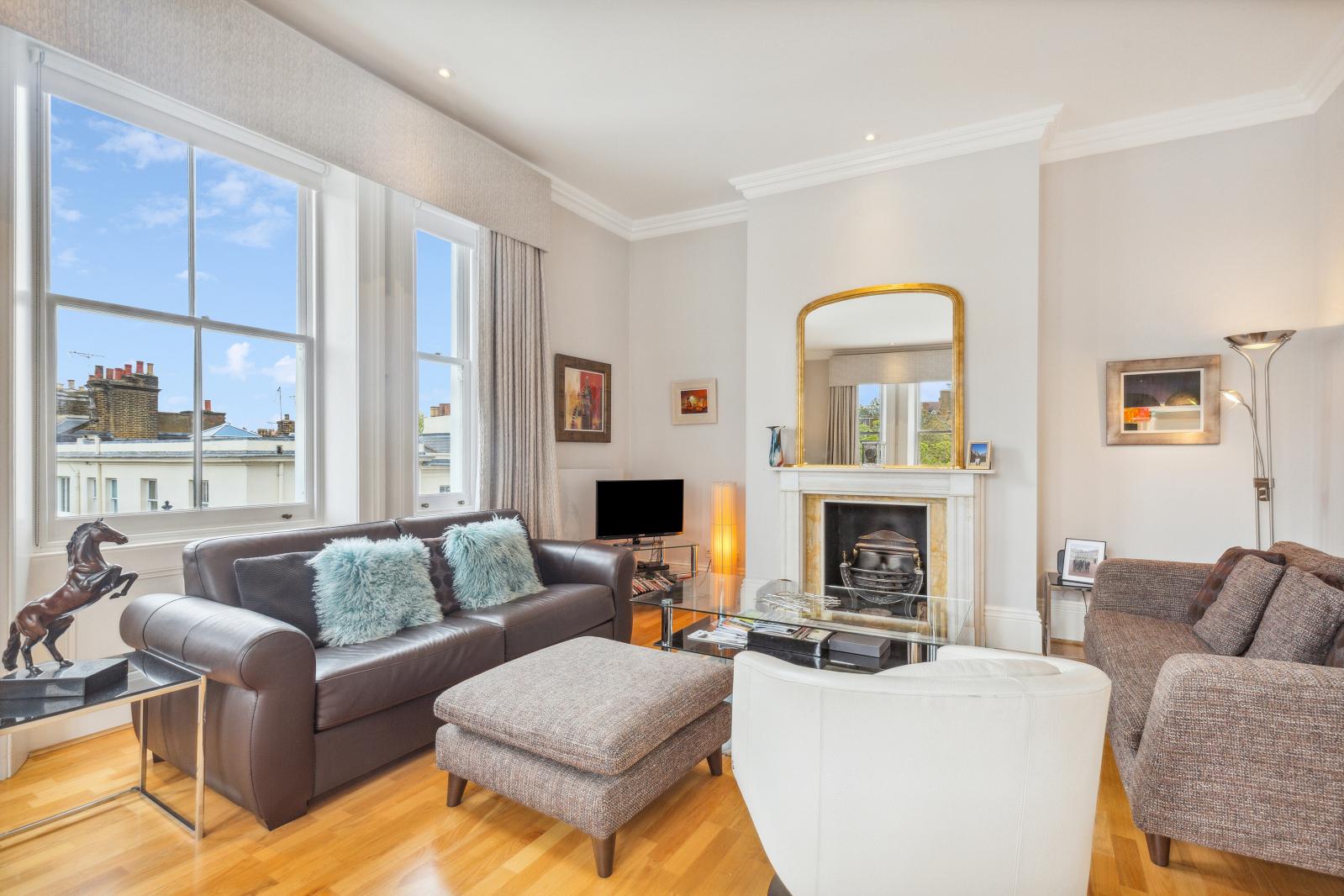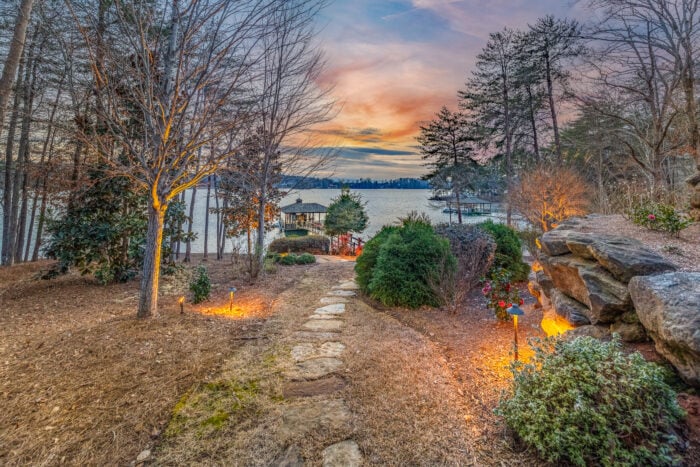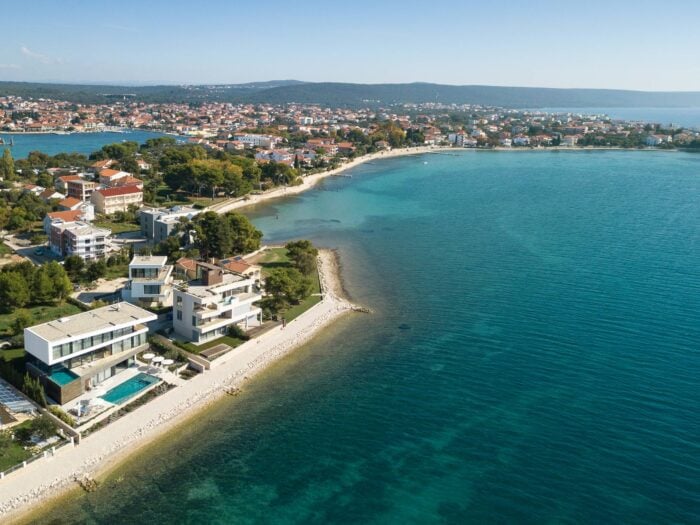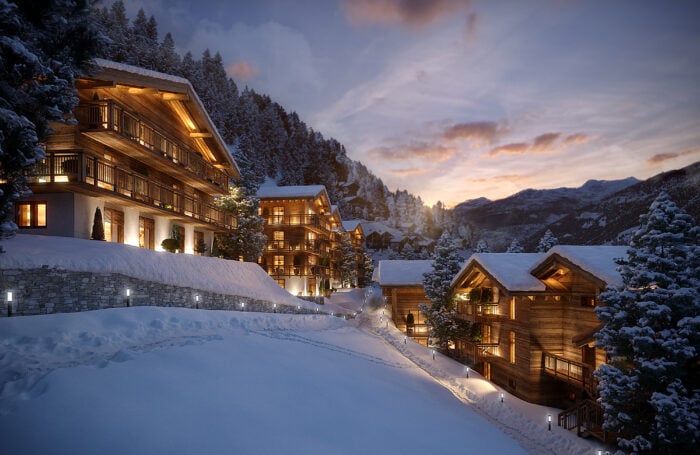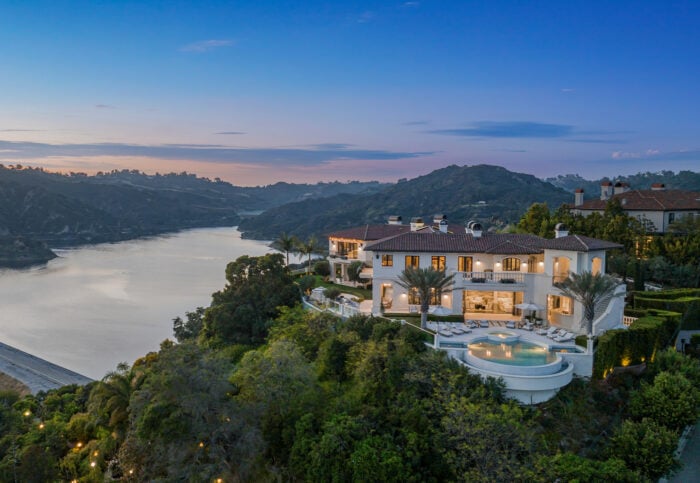“They left the teeming city behind, the taxis rising and dipping across the hilly terrain. Soon cliffs of yellow-and-red soil flanked the road, while ravines opened up on either side to reveal dense green forest or aquamarine sea.”
So wrote Chinese-American novelist Eileen Chang in 1943 about the fashionable upmarket enclave of Repulse Bay. Despite much development, the passage remains an accurate description of the approach by car to this coastal haven on the southern shores of Hong Kong Island.
You might not think to look at it, but the built-up beachfront conceals an intriguing past. Once a humble fishing village, the British transformed it into a high-end resort, or the “Riviera of the East” as it once aspired to be. With the exception of Monaco, today it outstrips the French and Italian Mediterranean coastlines in terms of overall property values.
Although the origins of its name are obscure (the legend that it is named after the British vessel H.M.S. Repulse is unsubstantiated—no ship of that name ever visited Hong Kong), its reputation for exclusivity is easier to trace.
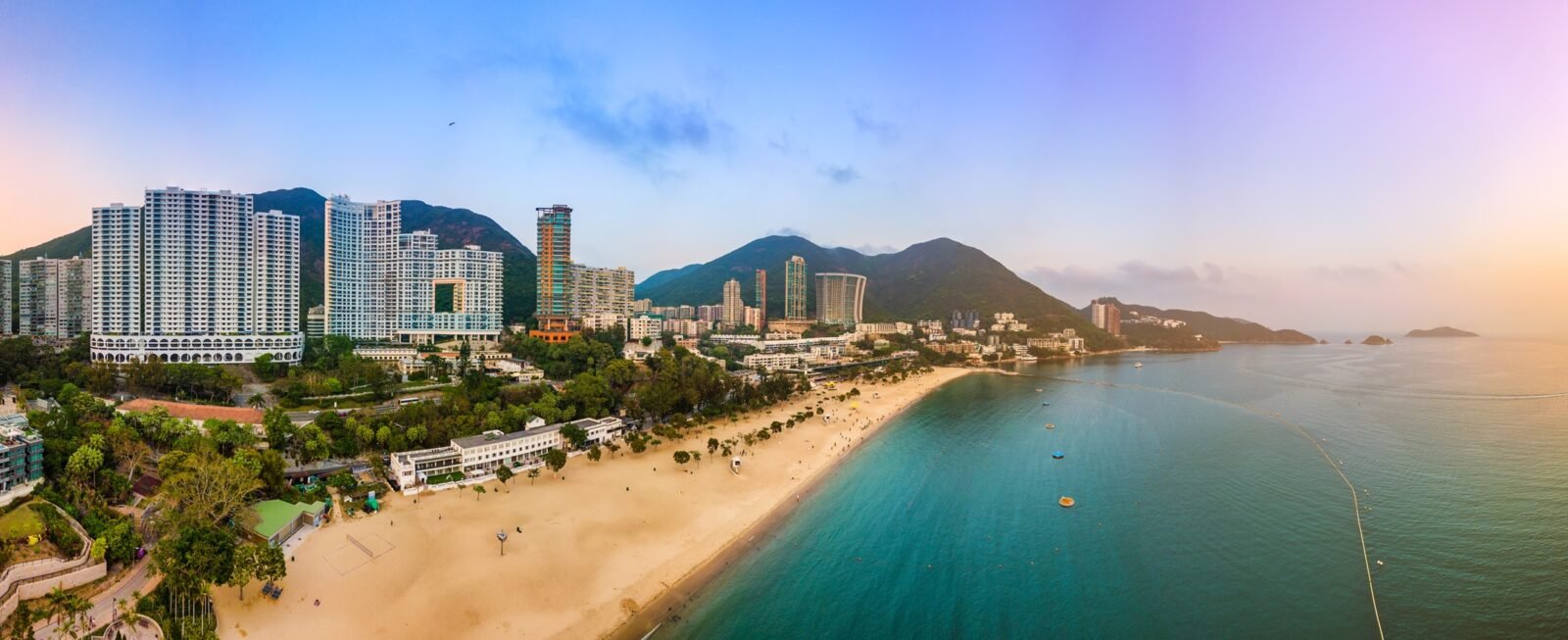
High-rise structures dot the skyline at Repulse Bay Beach. (KingRobert / Shutterstock)
It began with the construction of the Hong Kong Golf Club in 1898 in neighboring Deep Water Bay, which quickly established itself as a social hub for the colony’s elite. Later, the beach was broadened, attracting swimmers and sunbathers.
But it was the opening of the Repulse Bay Hotel on New Year’s Day 1920 that made the area’s reputation. The hotel was developed by Elly Kadoorie, an Iraq Baghdad-born developer who owned properties in Shanghai and Hong Kong, including The Peninsula Hong Kong on the Kowloon waterfront.
The Repulse Bay Hotel was designed to provide Western standards of luxury for the city’s growing expatriate community. Described by the press at the time as a “hotel without like” and a “real pleasure resort for the colony,” it opened its doors to many distinguished guests through the years.
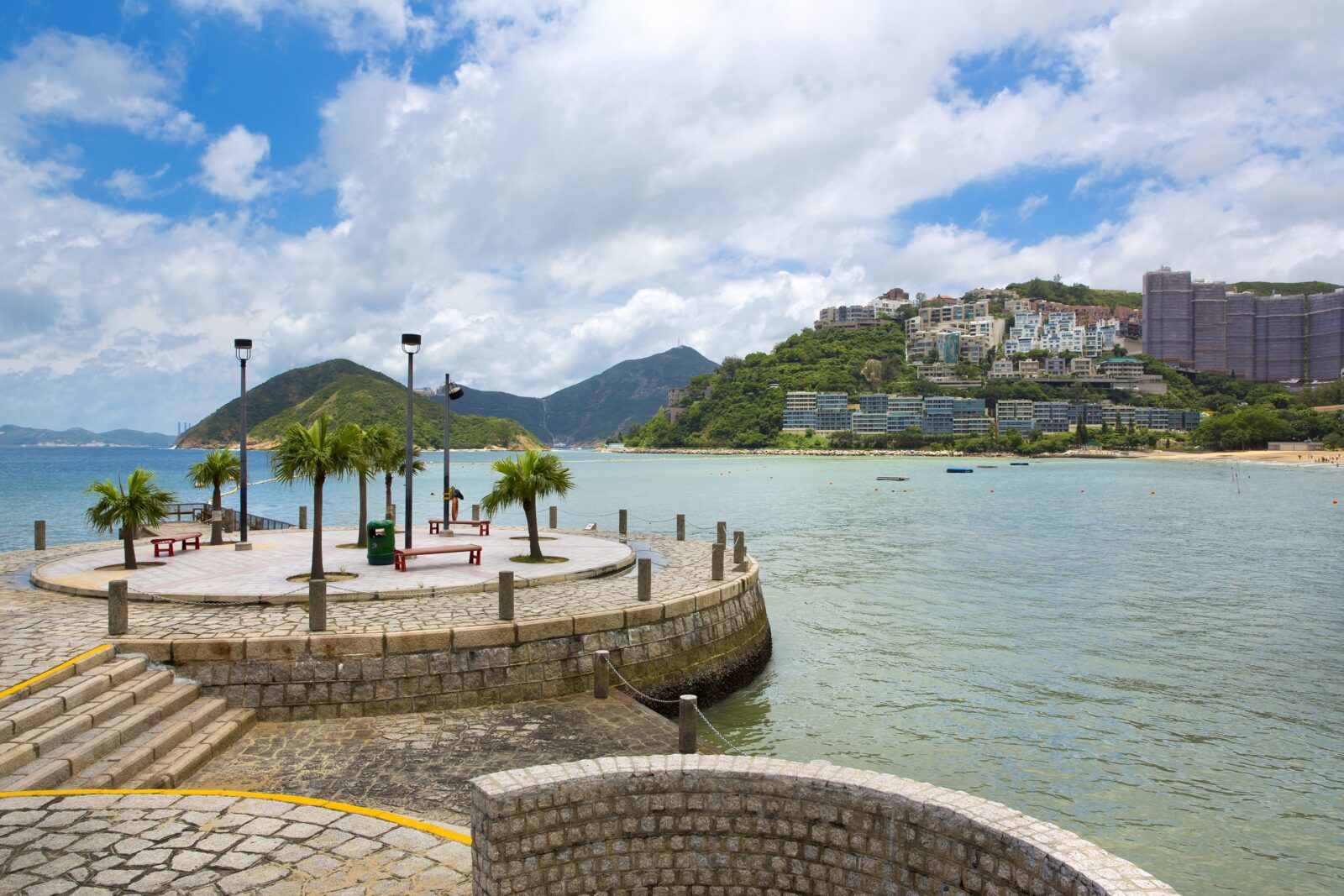
Repulse Bay’s main selling point is the beach and unrivaled views across the South China Sea. (lapas77 / Shutterstock)
Ernest Hemingway and Martha Gellhorn stopped here on their way to report on the war in China. Playwrights George Bernard Shaw and Noel Coward both visited and, later, William Holden, Marlon Brando and Spanish Crown Prince Juan Carlos and Crown Princess Sofia. And there is, of course, the aforementioned Eileen Chang, who set scenes from her most famous novel, Love in a Fallen City, at the hotel.
In 1935, Kadoorie built the Lido, a beachside entertainment complex that, according to a brochure, had an air-conditioned ballroom, soda fountain and furnished bathing cabins.
The first residential buildings began to pop up in the ’50s and ’60s, but the hotel fell to the wrecking ball in 1982, a victim of the decline in demand for luxury seaside resorts in the colony. Its owners, Hong Kong & Shanghai Hotels Group, erected a luxury condominium in its place, which also took the name Repulse Bay. You’ll recognize the distinctive tower block by the big hole in its middle (the hole allows the local dragon spirits to pass through).
The Lido, meanwhile, evolved into the Pulse, a six-story mall featuring restaurants, a dog salon, and a fitness and yoga center.
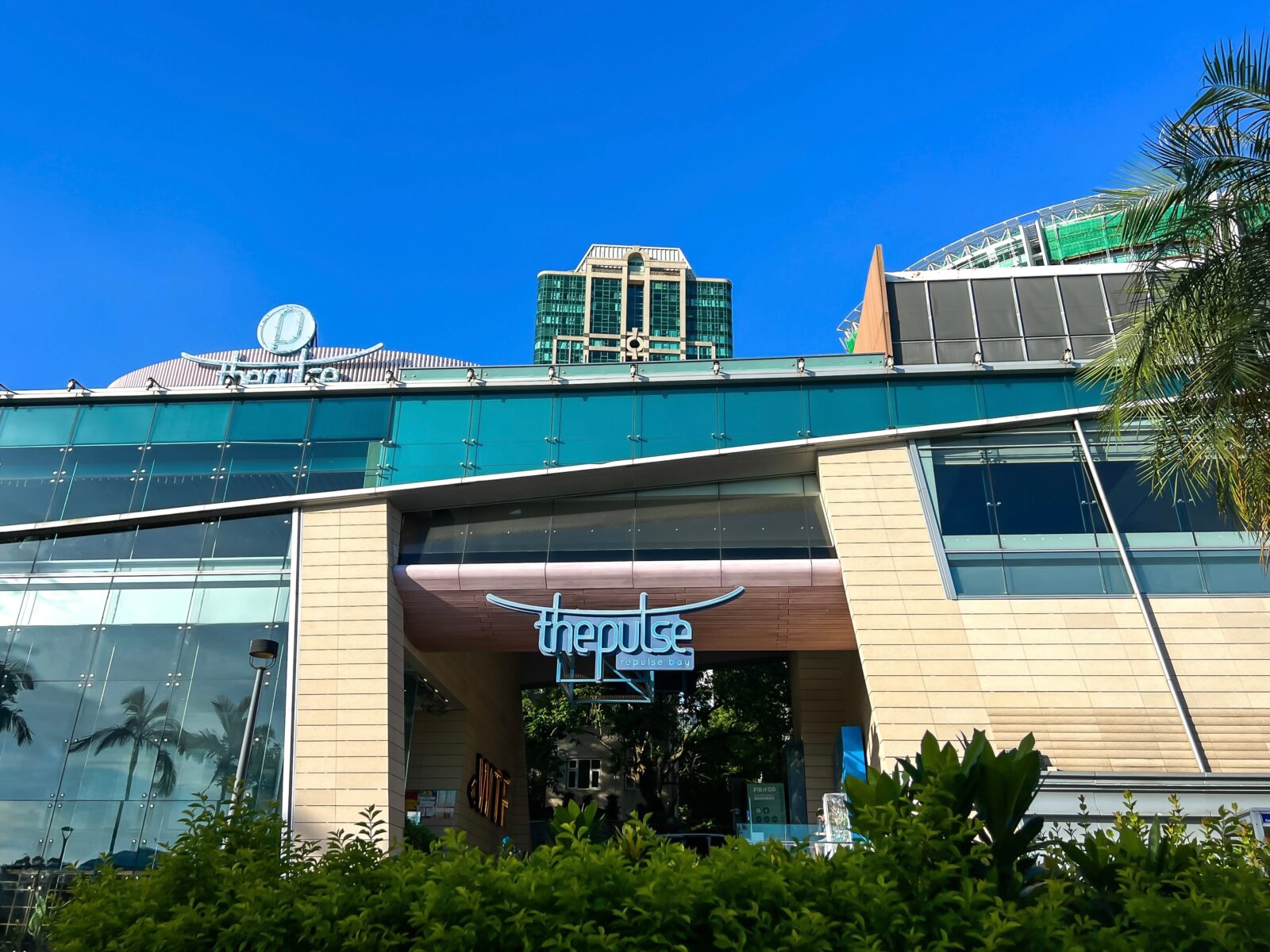
The Pulse, a popular shopping plaza located at Repulse Bay Beach, occupies the former spot of the Lido entertainment complex. (Sitthipong Pengjan / Shutterstock)
Repulse Bay is more built up than in its resort heyday, but the reputation for luxury continues; today it’s rivaled only by the Peak in terms of exclusivity. And although the hotel is gone, the condominium complex has a replica of the original front lobby and a gallery showcasing memorabilia.
The Verandah restaurant, which opened in 1986, is part of the replica. Here you can have afternoon tea under the whirring ceiling fans while looking at the lush gardens and the bay below, as Chang might have done.
“The whole room seemed like a dark picture frame around the big ocean painting. Roaring breakers spilled onto the curtains, staining their edges blue,” as she described it.
Despite many changes, the bay’s allure remains the same.
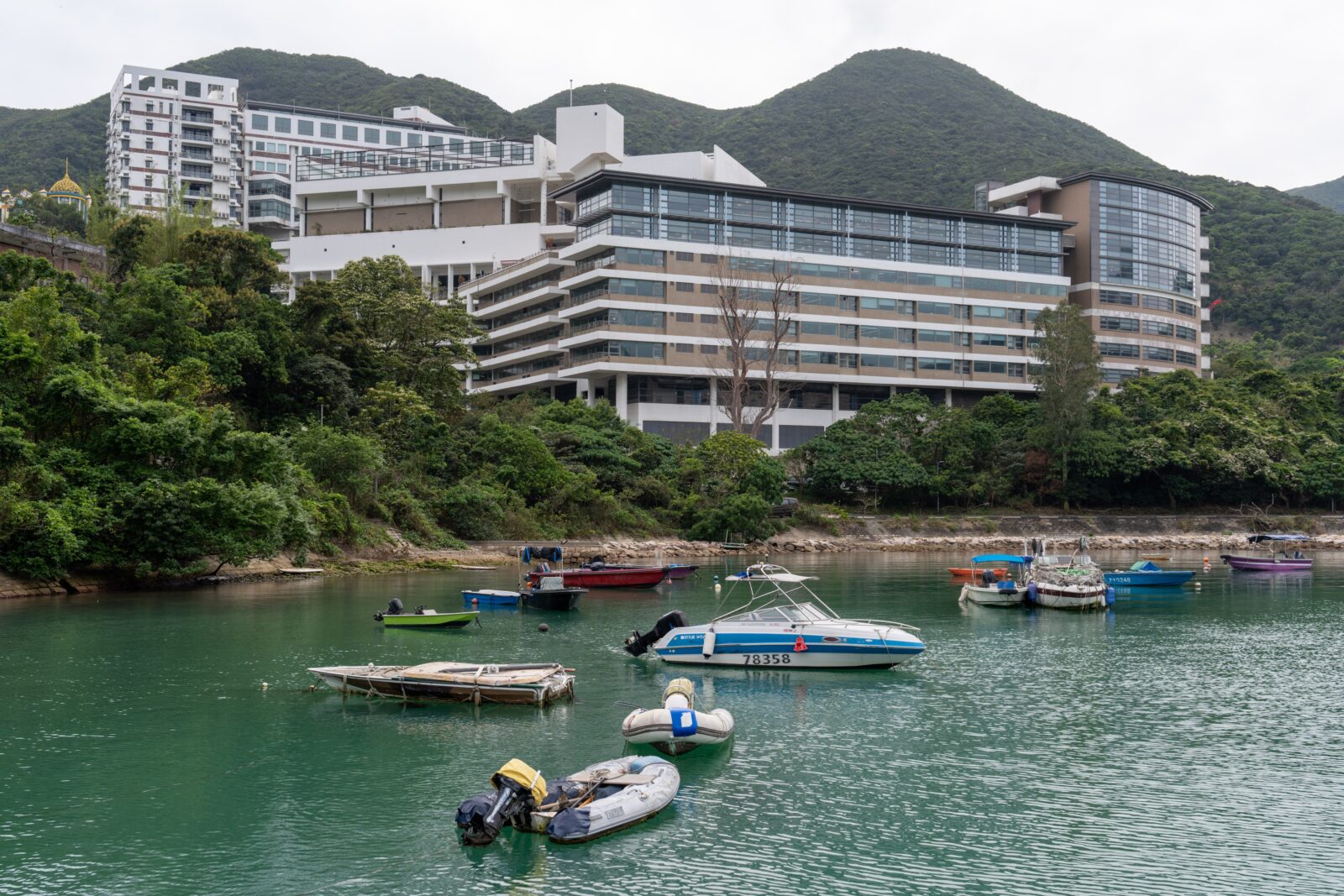
Hong Kong International School is a co-educational private international school in Hong Kong with campuses in Tai Tam and Repulse Bay. (Kylauf / Shutterstock)
Repulse Bay Lifestyle Advantages
Though Repulse Bay may see fewer international movie stars and literary dons, it continues to attract Hong Kong’s elite. According to Letizia Casalino, executive director of real estate at Okay.com, the bay is home to tycoons, developers and multigenerational families as well as wealthy locals and long-term expats.
“It also attracts a significant number of leasers, thanks to the spacious footprint of its houses and apartments with their expansive sea views, proximity to the sea and a number of [business districts],” she says. “The presence of the Hong Kong International School is also a big advantage for families with children attending the school.”
Its main selling point is, of course, the beach, with its golden white sands and views across the South China Sea. It is also one of Hong Kong’s longest, with the Environmental Protection Department frequently rating the water of the highest quality. Other beaches are nearby too, such as Middle Bay Beach, popular with Hong Kong’s LGBTQ community, and South Bay Beach, which has barbecue pits and raft rentals.
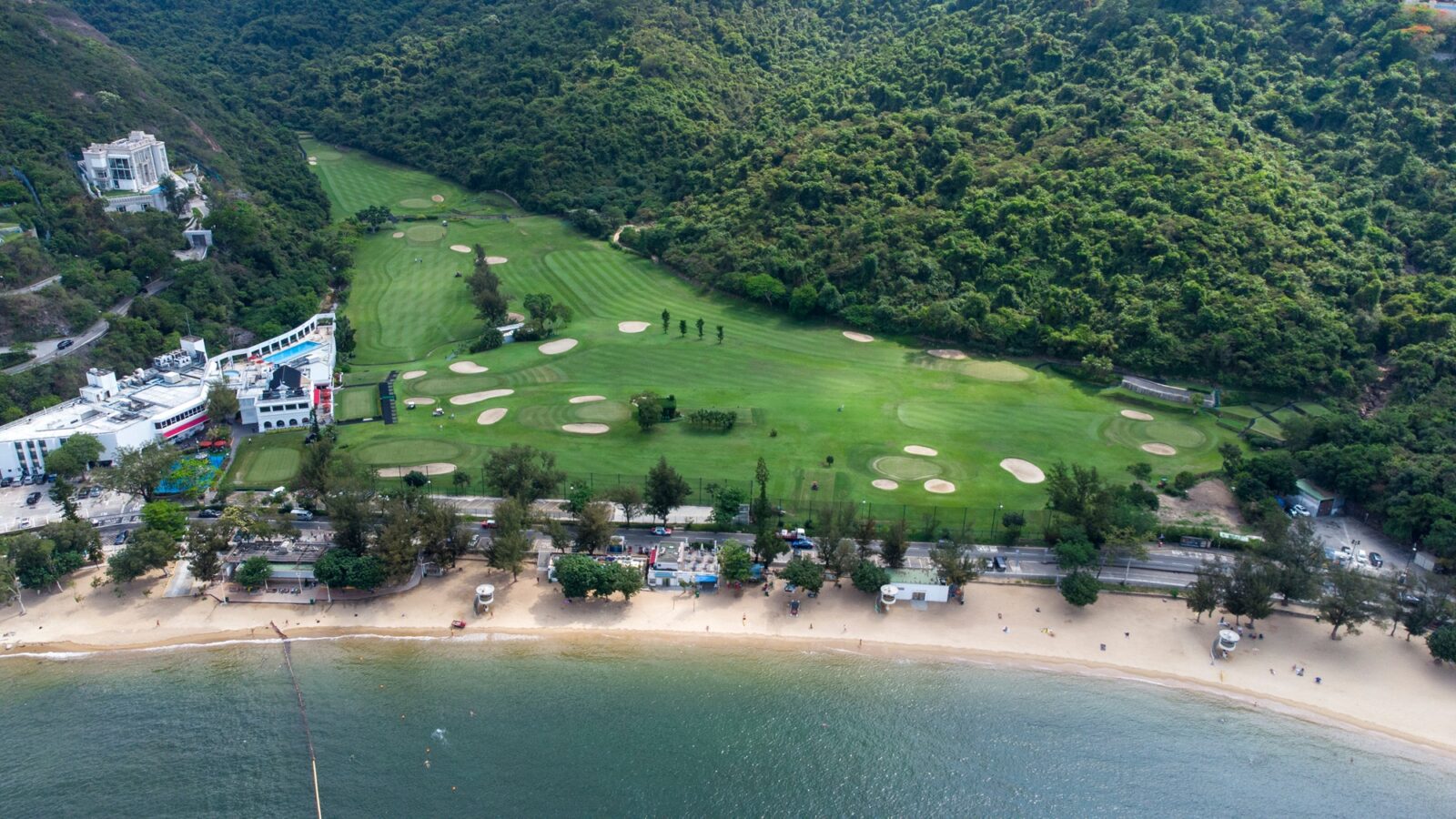
The Hong Kong Golf Club in nearby Deep Water Bay features a nine-hole, 56-par course. (Yung Chi Wai Derek / Shutterstock)
For the outdoorsy types, a number of trails connect the bay with other parts of the island. Thirty minutes along a shaded coastal path takes you to Deep Water Bay, another affluent residential area, while a 40-minute hike uphill brings you to Tai Tam Reservoir with its crystal-clear waters surrounded by jungle.
Those who prefer to spend their free time in a comfortable members-only club will have several to choose from. The Hong Kong Golf Club maintains a nine-hole, 56-par course in Deep Water Bay. Corporate membership is available, although there is often a waiting list for individual membership. There is also the Hong Kong Country Club, the Aberdeen Marina Club and the American Club and the Royal Hong Kong Yacht Club.
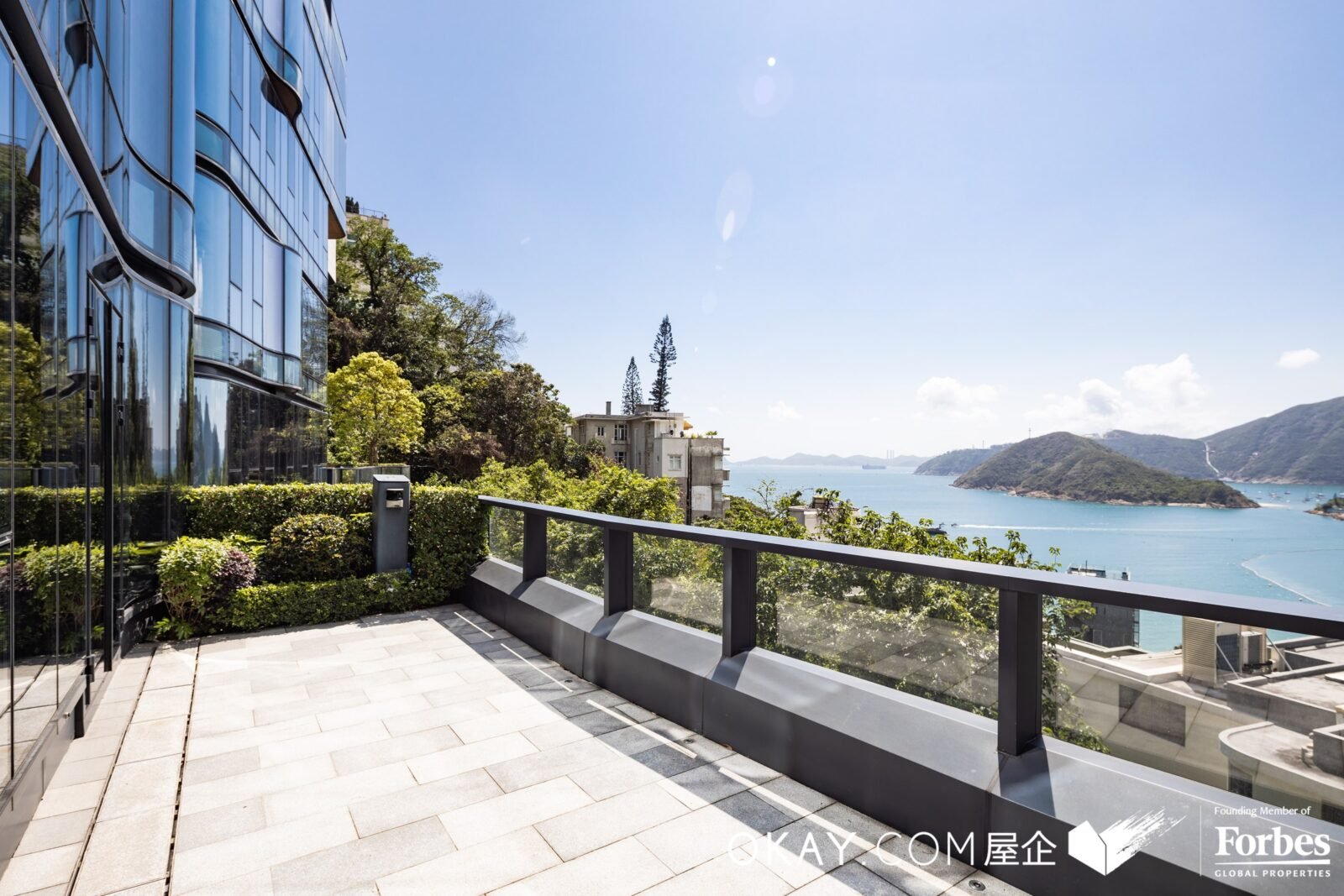
Pulsa, an eight-house luxury residential development, anchors in the natural slope of Repulse Bay, Hong Kong. (OKAY.com)
For dining, the Pulse offers various options, including a pasta bar and a Japanese grill. There is, of course, the Verandah at the Repulse Bay, with its popular Sunday brunch buffet. In the same complex is Spices restaurant, with indoor and outdoor seating and an Asian-centric menu.
Although the bay isn’t known for its nightlife—no more ballroom dance ceremonies—Sip Song by the beach is a good spot for sundowners, and the famous Bamboo Bar, attached to the Verandah, is one of a long list of bars Hemingway is said to have visited.
Other nearby attractions include Stanley, a quaint market town five minutes south by road (also accessible by trail), with more drinking and dining options. And downtown Hong Kong is a 15-minute drive north, with endless eating and entertainment opportunities.
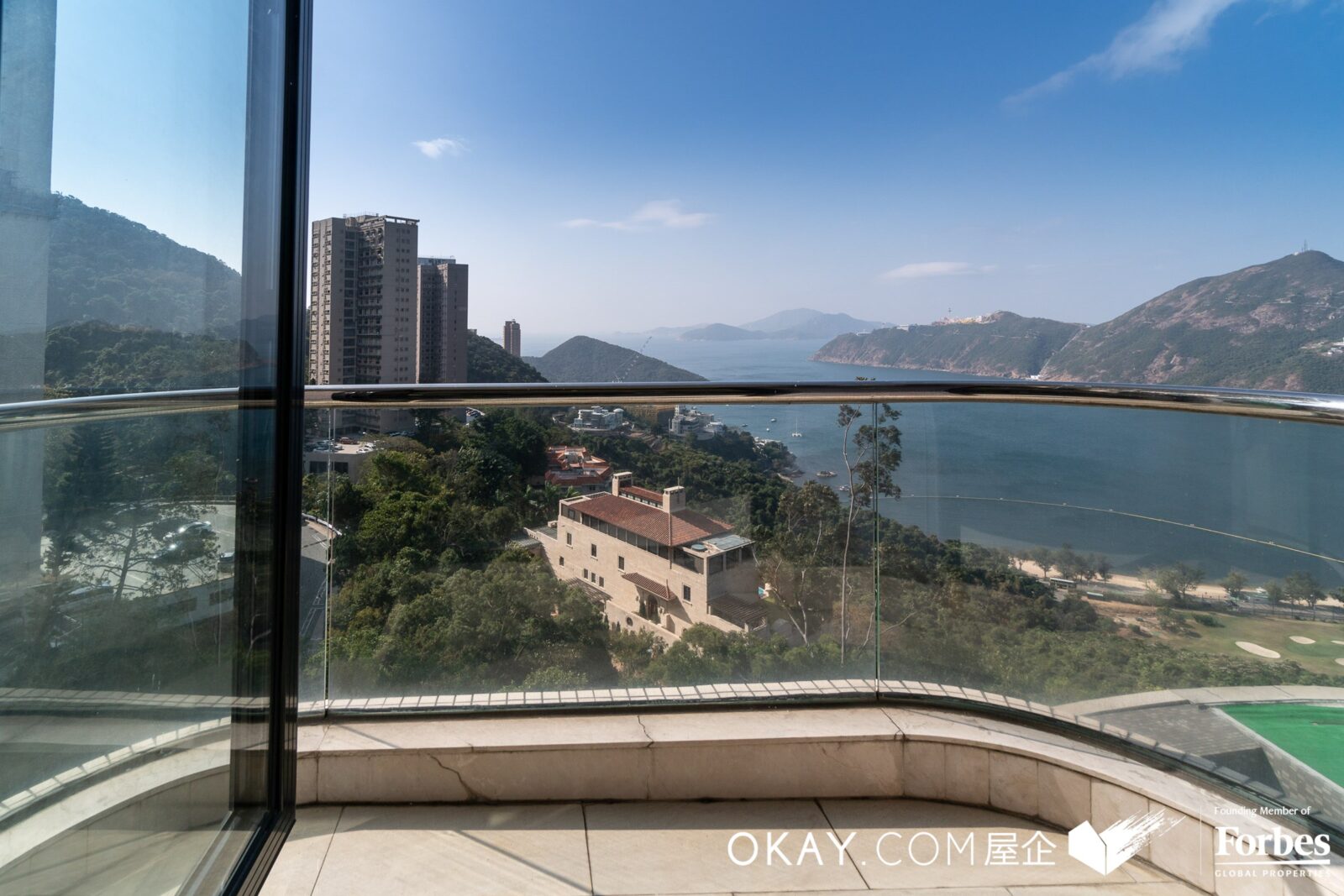
The view from a HKD135 million (about US $17.3 million) residence inside a prestigious Repulse Bay development. (OKAY.com)
Repulse Bay Property Prices
A limited supply of properties and stringent rules on new developments ensure that prices in Repulse Bay remain at a premium, according to Casalino. A detached house or apartment typically measures about 1,600 square feet, with average rental prices beginning at HK$80,000 per month (US $10,300).
In the resale market, average transactions are around HK$60 million (US $7.7 million). On the upper end, prices reach about HK$300 million (or US$38.3 million), or even double for a firsthand sale.
